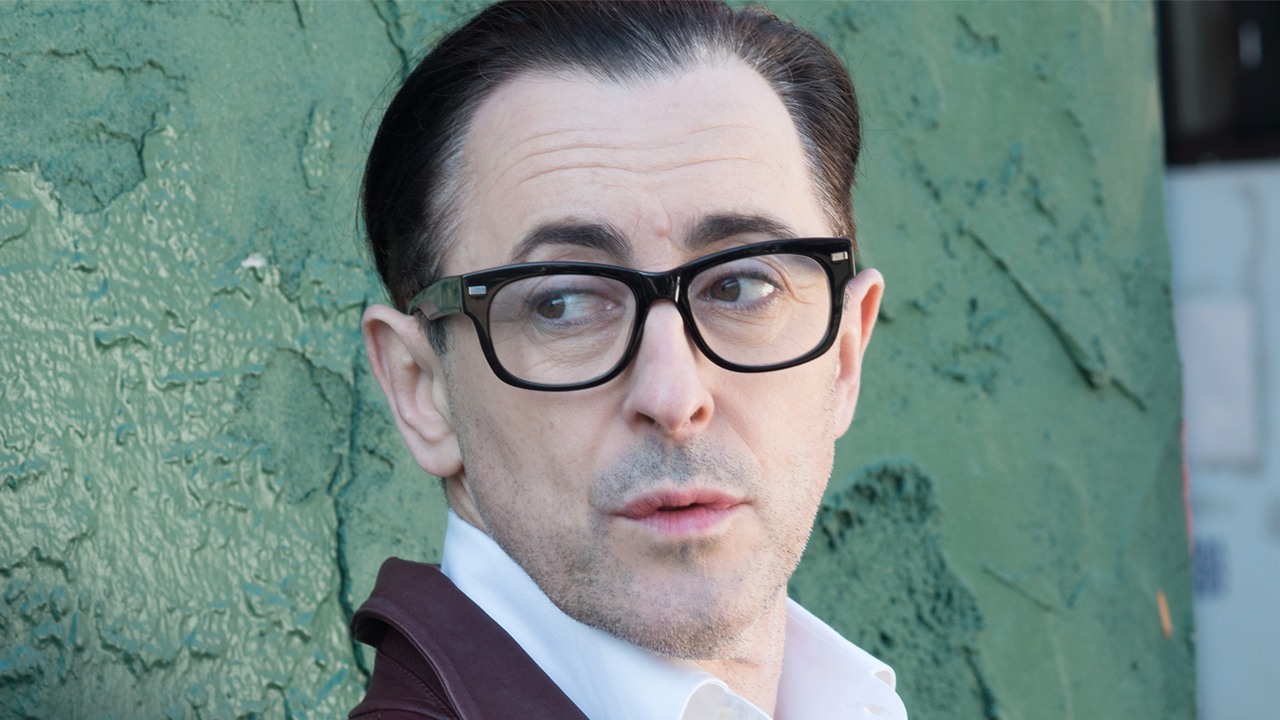By providing your information, you agree to our Terms of Use and our Privacy Policy. We use vendors that may also process your information to help provide our services. This site is protected by reCAPTCHA Enterprise and the Google Privacy Policy and Terms of Service apply.
Alex Gibney and Kahane Cooperman on What ‘The New Yorker Presents’ Actually Is, Other than a Great New Amazon Series


In one year, Alex Gibney directed three documentaries; one on the legendary singer and actor Frank Sinatra, another on Apple co-founder and industry icon Steve Jobs, and also a little HBO doc you may have heard of titled “Going Clear: Scientology and the Prison of Belief.” To say he’s a busy man is an understatement, as would saying he’s a game-changing documentarian.
Yet the latter adjective is fitting for the savvy helmer’s next project: a docu-series (that’s not a docu-series) set to premiere on Amazon (via a release strategy that’s a first for the company) and co-produced by Kahane Cooperman (from “The Daily Show”). But these two are far from the only creative minds behind “The New Yorker Presents,” their new half-hour series set to debut weekly for Amazon Prime subscribers. In fact, they’re more like the curators than the creators, as they have a hand in constructing the episodes that are made up of news reports, cartoons, short films, poetry readings and more.
Indiewire sat down with Gibney and Cooperman to get a better idea of what goes into making each episode of “The New Yorker Presents,” how they snagged directors like Jonathan Demme and actors like Andrew Garfield for a streaming series and what, exactly, we should be calling it.
READ MORE: The Worst TV Apocalypses of 2016, Ranked From Least to Most Brutal
How do you guys categorize this show? A docuseries doesn’t quite seem to do it justice.

One of the things that seems to be a challenge for viewers these days is the shortening of attention spans, but if you have something laid out like that where people know exactly what it is, how long it is, they could skip ahead.
We were doing a ton of reading at the beginning. […] We were coming out with these sheets that we’d send to everyone. They’d proofread it and then we were able to call down after all these considerations. It was this incredible menu of options which we’d then be able to give to any filmmaker saying, “Do any of these stories float your boat? And If they don’t let us know what you’ve read lately that you’re interested in, we’ll see what you can do.” What you end up with is people who were incredibly excited about the piece they were doing and it shows in the filmmaking.

GIBNEY: I think the Lucy Walker episode was a really fantastic exploration both visually and otherwise about how a life infuses food. It’s part of the food issue, and it’s really a visual feast and also gets a cooking in a really personal way through this character who has this really exclusive restaurant in Los Angeles.
When I first heard about the show, I really didn’t know what to expect going in. And then, after watching the pilot episode, it really hooked me. I was hoping that you could give some sort of elevator pitch for this thing. I know that’s the dreaded thing, to reduce a piece of art to 15 or 20 words, but I feel like it could be good for people to more ready find it.
“The New Yorker Presents” premieres at Sundance Wednesday, January 27 and debuts on Amazon Prime Tuesday, February 16.
READ MORE: 10 Huge Sundance Film Festival Deals (and How They Paid Off)
By providing your information, you agree to our Terms of Use and our Privacy Policy. We use vendors that may also process your information to help provide our services. This site is protected by reCAPTCHA Enterprise and the Google Privacy Policy and Terms of Service apply.

















